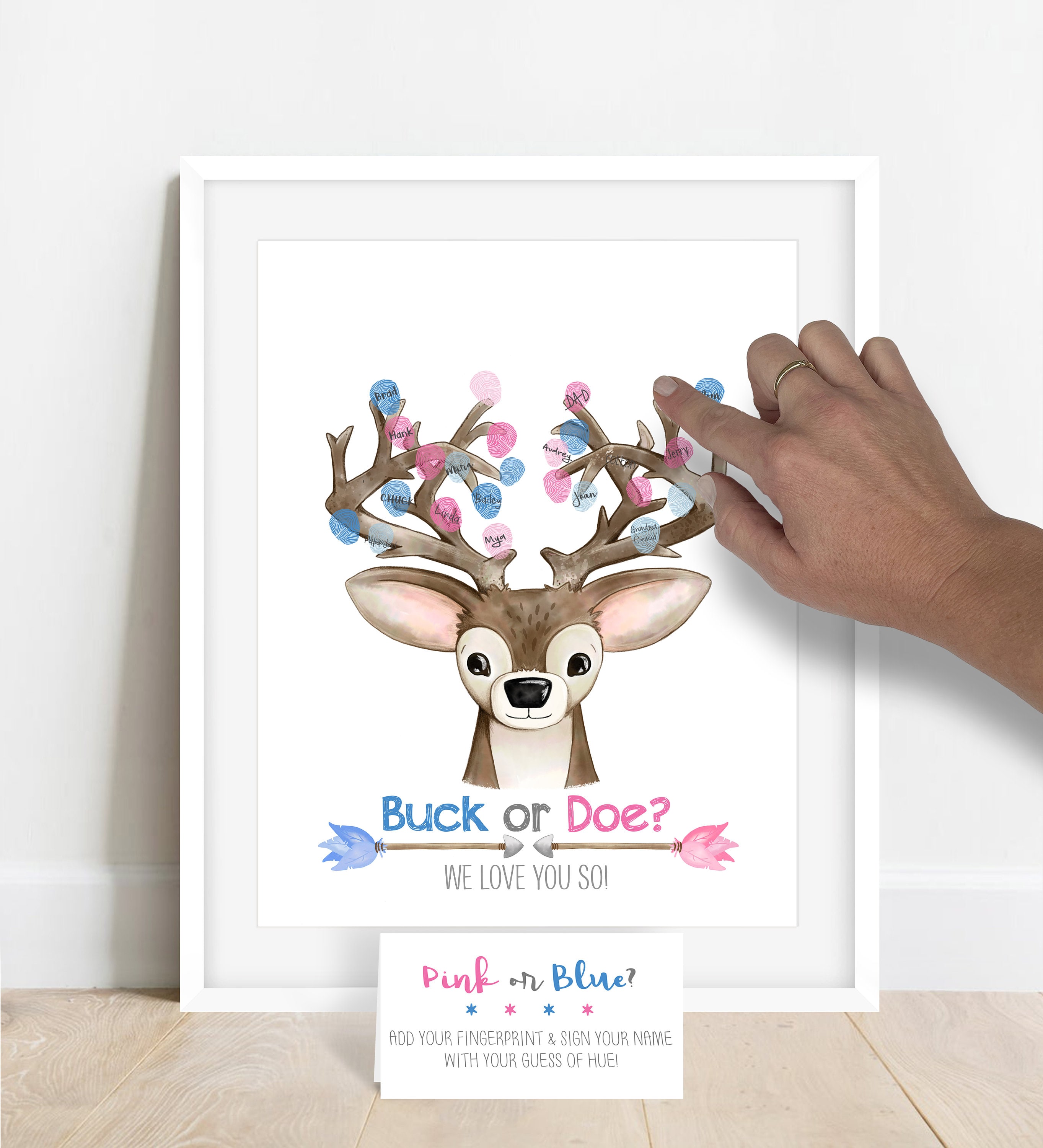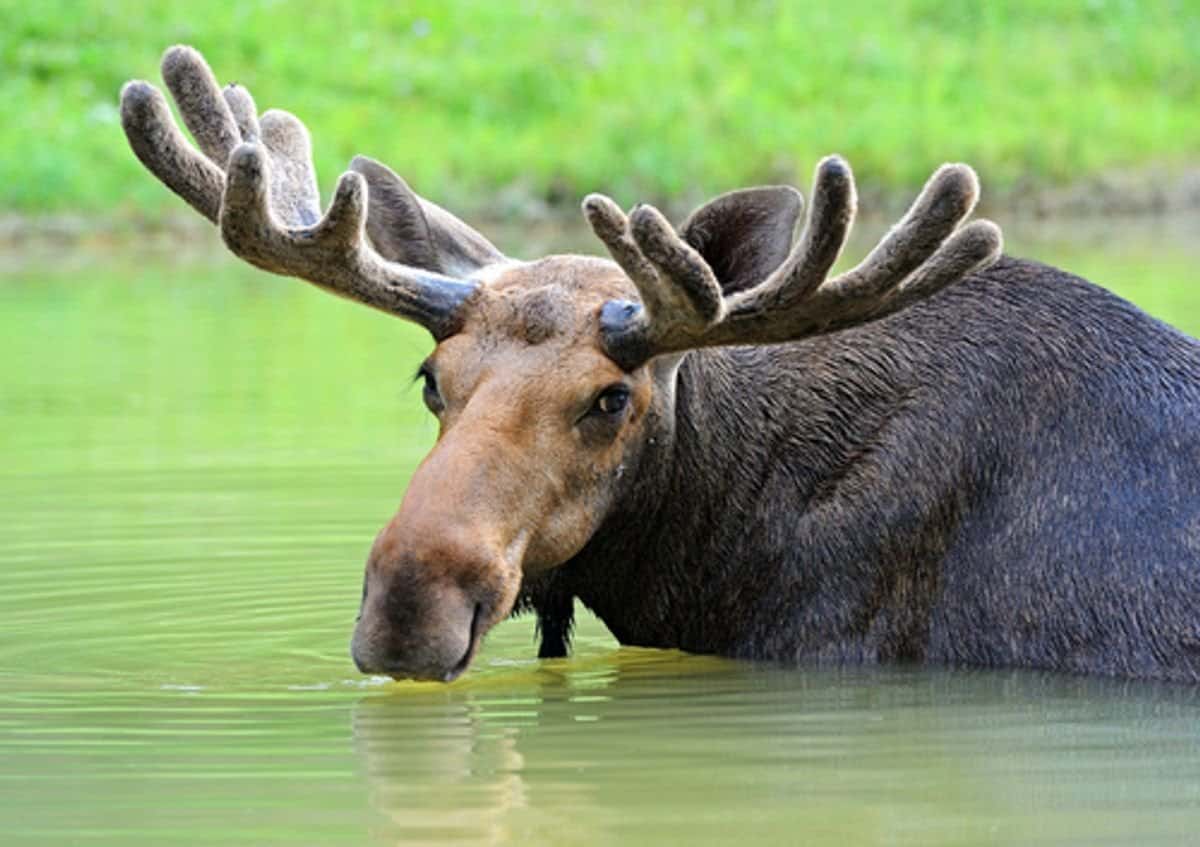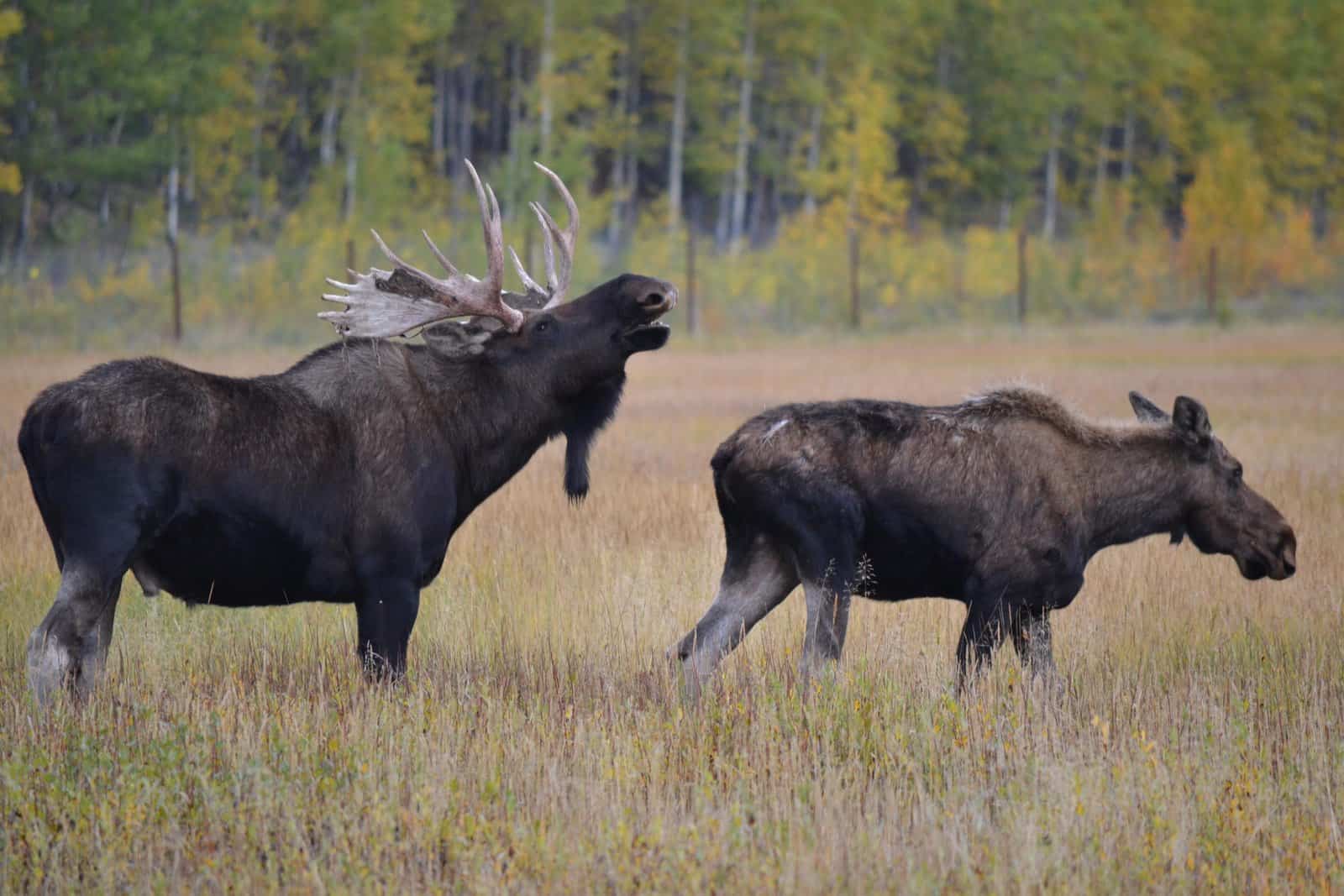Yes, deer and moose are related as they both belong to the same family, Cervidae. Deer and moose share common ancestry.
Deer and moose are fascinating creatures that captivate wildlife enthusiasts around the world. They are both part of the Cervidae family, exhibiting unique characteristics and behaviors that set them apart from other mammals. While deer are known for their graceful movements and delicate features, moose impress with their sheer size and majestic antlers.
Understanding the relationship between deer and moose can provide valuable insights into the intricacies of the natural world. Let’s delve deeper into the similarities and differences between these magnificent animals to gain a deeper appreciation for the wonders of nature.
The Deer Family
The Deer Family, scientifically known as Cervidae, comprises various species that roam the forests and grasslands. Let’s explore three prominent members of this family:
White-tailed Deer
White-tailed deer, known for their distinctive bushy white tails, are commonly found in North America. They are graceful and agile creatures.
Mule Deer
Mule deer, named for their large mule-like ears, inhabit the western regions of the United States. They are known for their impressive jumping ability.
Elk
Elk, also known as wapiti, are majestic animals with impressive antlers. They are larger than white-tailed and mule deer, inhabiting various habitats across North America.
The Moose Family
Moose Characteristics
Moose are the largest deer species, known for their towering size and majestic antlers.
Habitat And Behavior
Moose are primarily found in forested areas and are excellent swimmers.
The Genetic Link
Deer and moose share a fascinating genetic link that traces back to their evolutionary relationship and common ancestors. Understanding this connection not only sheds light on their shared genetic makeup but also provides insights into their similarities and differences. Let’s delve into their genetic link to uncover the mysteries that connect these majestic creatures.
Evolutionary Relationship
The evolutionary relationship between deer and moose is an intriguing topic that delves deep into their shared genetic heritage. Both species belong to the same family, Cervidae, which encompasses various deer species including moose, reindeer, and elk. Despite their individual characteristics, their genetic makeup links them through a common evolutionary history, shaping their physical and behavioral traits.
Common Ancestors
The genetic link between deer and moose can be traced back to their common ancestors, revealing a shared lineage that has contributed to their genetic similarities. These ancient ancestors laid the foundation for the genetic makeup that manifests in the distinctive characteristics of deer and moose today, forming a link between past and present generations of these unique creatures.

Credit: www.amazon.com
Differences And Similarities
The deer and moose are both majestic creatures of the wilderness, sharing similarities in their physical characteristics and behavioral patterns. However, they also possess distinct differences that separate them into two unique species.
Physical Characteristics
When it comes to physical appearance, deer and moose exhibit noticeable differences. Deer, such as the white-tailed deer and mule deer, are comparatively smaller in size, standing between 3 to 5 feet tall at the shoulder and weighing around 100 to 300 pounds. In contrast, moose are the giants of the deer family, towering over their counterparts at an impressive height of up to 7 feet tall and weighing anywhere from 800 to 1500 pounds.
Additionally, deer and moose possess dissimilar antler structures. Male deer, also known as bucks, grow antlers that branch in a symmetrical manner, while female deer, known as does, rarely have antlers at all. On the other hand, male moose, called bulls, develop large, flattened antlers that broaden and flatten out into a distinct palm-like shape.
Behavioral Patterns
Although there are some shared behavioral patterns between deer and moose, their actions and habits do present variations. Both species are primarily herbivores, grazing on grasses, leaves, and twigs. They are typically active during early morning and late afternoon, known as the crepuscular period, when they search for food.
One key difference in their behavior is their response to danger. Deer are known for their cautiousness and tend to flee at the slightest sign of danger, utilizing their agility and speed to escape predators. On the other hand, moose, having a larger stature and immense strength, may exhibit more aggression as a defense mechanism. They are capable of charging and even engaging in physical confrontation.
In summary, while deer and moose bear some resemblances, particularly in their diet and activity patterns, their physical characteristics and behavioral traits set them apart. Understanding these differences allows us to appreciate the beauty and uniqueness of these magnificent creatures as they roam the forests and meadows.
Impact On Ecosystem
Impact on Ecosystem:
Role In The Food Chain
Deer and moose play a vital role in the food chain within their respective ecosystems. As herbivores, they rely on plants as their primary source of food. Their feeding habits directly impact the distribution and abundance of vegetation in their habitats. By consuming plants, they help control plant growth, prevent overgrowth, and maintain a healthy balance in the ecosystem. As a result, other species that depend on the same vegetation, such as smaller mammals and birds, are also affected by the presence of deer and moose.
Human Interaction
Human interaction with deer and moose populations can have both positive and negative effects on the ecosystem. Hunting, for example, can help regulate the population sizes of these animals and prevent overgrazing. It provides opportunities for humans to obtain food and resources while simultaneously maintaining the ecological balance. On the other hand, human activities, such as urbanization and deforestation, can limit the available habitat for deer and moose. This reduction in habitat can disrupt their natural behaviors and even lead to conflicts between wildlife and humans as these animals may venture into urban areas in search of food and shelter.

Credit: www.amazon.com

Credit: www.etsy.com
Frequently Asked Questions For Are Deer And Moose Related
Are Deer And Moose Related?
Deer and moose are related as they both belong to the same family, Cervidae. However, they are different species. Moose are larger and have distinct physical characteristics like antler size, body shape, and behavior. Despite similarities, deer and moose have evolved differently to adapt to their respective habitats.
What Is The Difference Between Deer And Moose?
The key differences between deer and moose lie in their size, antlers, and habitat. Moose are heavier and taller than deer, with larger antlers. Deer have smaller bodies and antlers, and are more adaptable to various habitats. Moose prefer wetlands, while deer can be found in forests, grasslands, and mountains.
Can Deer And Moose Mate?
No, deer and moose cannot mate and produce offspring. Although they are related and belong to the same family, Cervidae, due to their significant physical and behavioral differences, interbreeding is not possible. Their reproductive systems are specific to their respective species, preventing any successful mating between deer and moose.
Conclusion
While deer and moose share similarities, they belong to different species within the Cervidae family. Understanding their distinctions can enhance our appreciation for these majestic creatures and aid in their conservation. As we continue to delve into the wonders of the natural world, it’s crucial to cherish the diversity and uniqueness of each species.



